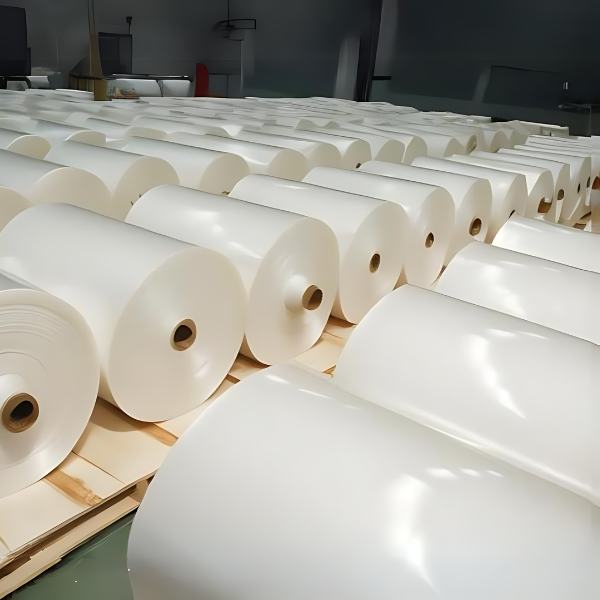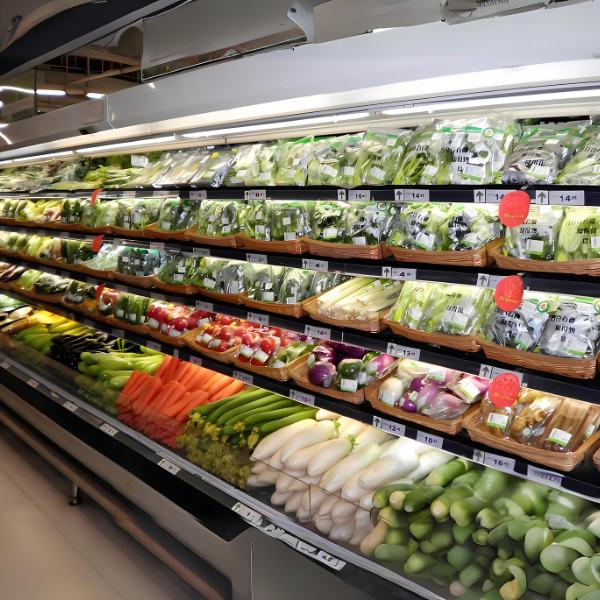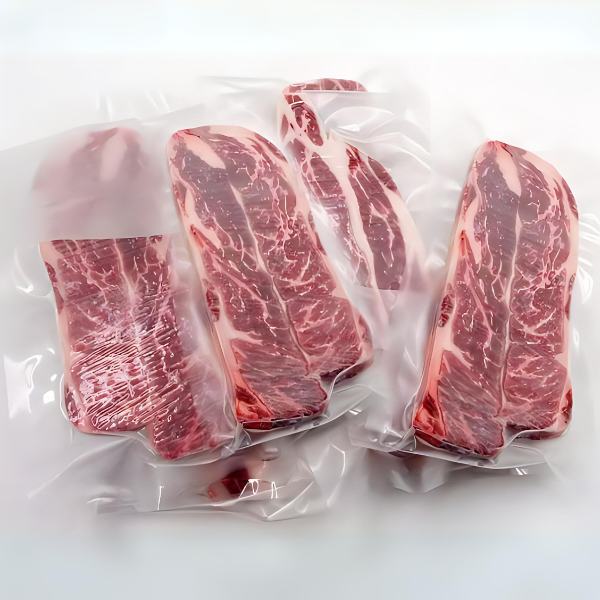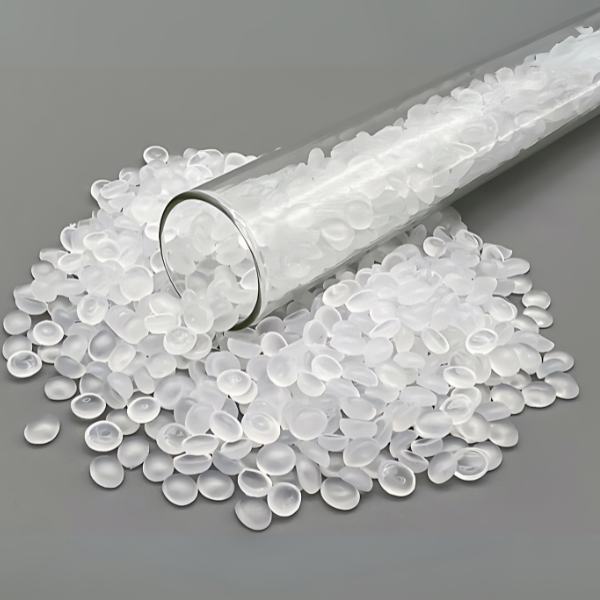PVC, PE, and PVDC cling films are the most common cling films in daily life. In our daily business activities, cling film, as a fundamental and important kitchen item, plays a crucial role. Have you ever considered that the seemingly simple cling film actually encompasses a wealth of product knowledge and market potential?
Today, I will share insights about the different materials, safety standards, and market trends of cling film. Understanding its material properties and safety is crucial when selecting imported cling film. This is related to our brand reputation and the health and satisfaction of consumers.
Through an in-depth analysis of various types of cling film in the market, we can better meet consumer needs and grasp market development trends. Next, I will detail the characteristics, advantages, and market potential of three common types of cling film. This will aid us in making wise purchasing decisions and enhancing business value.
Main Categories of Cling Film
Cling films on the market are primarily categorized into three types: Polyvinyl Chloride (PVC) film, Polyethylene (PE) film, and Polyvinylidene Chloride (PVDC) film.
PVC cling film was widely used in the past due to its low cost and high transparency. However, its production involves a substantial amount of plasticizers, which can migrate during food packaging, especially when heated or in contact with oil, potentially contaminating food and harming health. Currently, PVC cling film has been largely discontinued in supermarkets but is still occasionally seen in small vegetable markets and fruit shops.
Currently, PE cling film dominates the market, with most cooked foods, fruits, vegetables, and other semi-finished products in supermarkets packaged using PE film. PE cling film is considered safe, reasonably priced, and possesses good barrier properties, effectively enhancing product preservation. Although PE cling film can be used for microwave heating, the PE material may melt at temperatures above 110 ℃.
PVDC cling film is currently considered a higher-quality option. It is characterized by high transparency, good gloss, self-adhesiveness, and excellent moisture and vapor barrier properties, enabling longer food preservation. Its raw materials are relatively safer compared to PVC and PE. With technological advancements, the cost of PVDC film has significantly reduced, although it remains higher than PE and PVC.
Comparison Table of Three Common Types of Cling Film
| Feature / Material | Polyvinyl Chloride (PVC) | Polyethylene (PE) | Polyvinylidene Chloride (PVDC) |
|---|---|---|---|
| Transparency | High | Moderate | High |
| Cost | Low | Moderate | Relatively High |
| Safety | Lower (contains plasticizers) | Higher (free of plasticizers) | High |
| Heat Resistance | Low (releases plasticizers when heated) | Moderate (melts above 110℃) | High |
| Barrier Properties | Moderate | Moderate | High (excellent moisture and vapor barrier) |
| Self-Adhesiveness | Moderate | Low | High |
| Environmental Impact | Low (difficult to degrade, contains harmful substances) | Moderate (more easily degradable) | High (safer materials) |
| Application Scenarios | Previously widely used in food packaging, now less common | Commonly used in supermarkets for packaging cooked food, fruits, vegetables, etc. | Suitable for high-end food packaging requiring long-term preservation |
| Market Trend | Gradually being phased out | Currently dominant in the market | Growing, especially in the high-end market |
Identification Methods
Simple testing methods to distinguish Polyvinyl Chloride (PVC), Polyethylene (PE), and Polyvinylidene Chloride (PVDC) cling films, including tactile tests, transparency tests, and combustion tests:
Tactile Test
Touch: Use fingers to feel the thickness and toughness of the cling film. PVC films are usually thinner and tougher, PE films are relatively thicker and softer, and PVDC films are sturdy and thick.
Stretch Test: Gently stretch the cling film and observe its elasticity. PE films exhibit good stretchability, while PVC and PVDC films are less stretchable.
Transparency and Gloss Test
Visual Observation: Check the transparency and gloss of the cling film under light. PVC films are transparent with good gloss, PE films have average transparency and gloss, while PVDC films are highly transparent with excellent gloss.
Wrapping It Up
Choosing the right cling film involves balancing safety, practicality, and environmental considerations. While PVC and PVDC offer certain advantages in food preservation, their health and environmental drawbacks cannot be overlooked. PE cling film emerges as a safer and more eco-conscious choice, but the quest for sustainability doesn’t stop there. Exploring alternative food storage solutions can further reduce our ecological footprint, leading to healthier lives and a healthier planet.



















